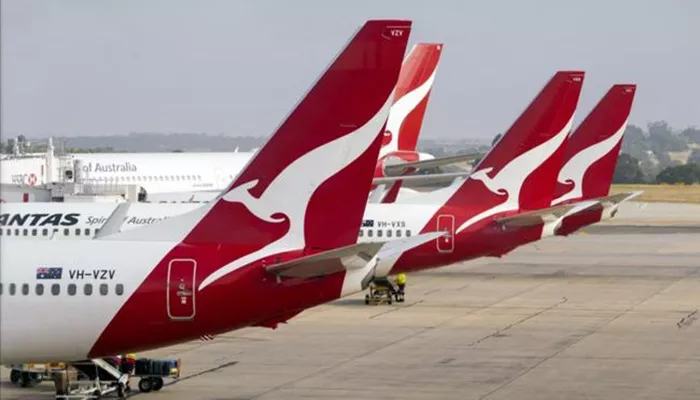On Wednesday, Australian airline Qantas announced the impending shutdown of its Singapore-based low-cost subsidiary, Jetstar Asia. The decision comes in the wake of soaring supplier costs, escalating airport fees, and fierce competition among low-cost carriers in the region.
The company emphasized that this strategic move is aimed at unlocking A$500 million (around US$326.4 million) in capital. This influx of funds will enable Qantas to channel resources into its fleet renewal plan, a crucial initiative for maintaining competitiveness in the global aviation market.
Fleet Reallocation
Qantas revealed that the 13 Airbus A320 aircraft currently operated by Jetstar Asia will be gradually repositioned. These planes will be redirected to serve routes within Australia and to New Zealand, optimizing their utilization within the Qantas group’s network.
Persistent Operational Pressures
According to Qantas, Jetstar Asia has been continuously grappling with adverse market conditions. Rising supplier costs have increased operational expenses, while high airport fees have further strained the airline’s financial viability. Additionally, the intensifying competition in the Asian low-cost airline segment has made it increasingly difficult for Jetstar Asia to carve out a profitable niche. These combined factors have fundamentally undermined the airline’s ability to generate returns on par with Qantas’ more robust core markets.
Historical Background
Jetstar Asia Airways was established by Qantas over 20 years ago. At the time, the move was driven by the burgeoning demand for affordable air travel across the Asian continent. However, despite its initial promise, the airline has been unable to withstand the mounting challenges in the current aviation landscape.
Related topics:

